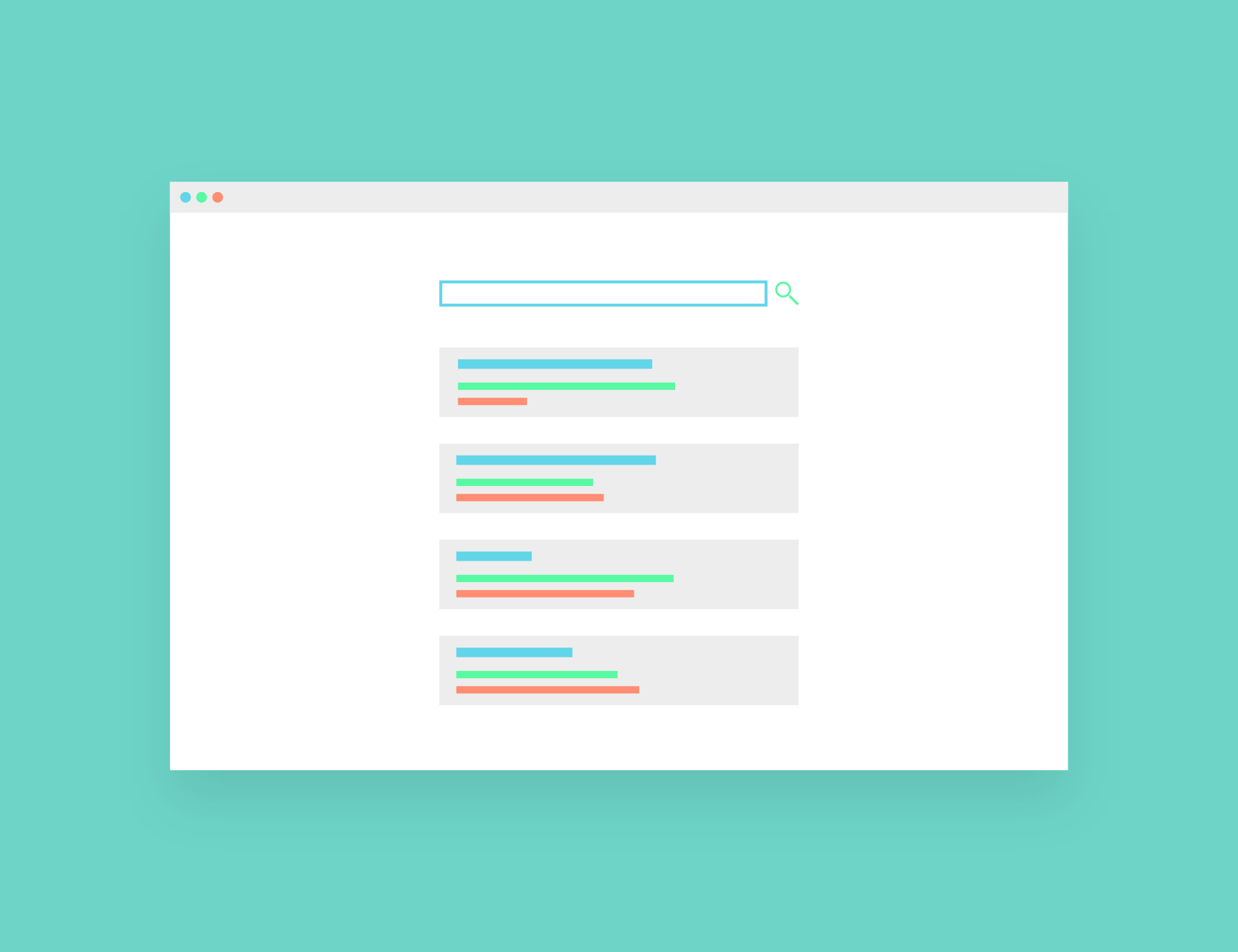

A full description of all the choices, and their interactions, is beyond the scope of this chapter. The top right part of the dialog changes according to the choice made for the hyperlink type. New document: the hyperlink creates a new document.Document: the hyperlink points to another document or to another place in the presentation.Mail & News: for example an email address.
 Internet: a web address, normally starting with. On the left hand side, select one of the four types of hyperlink: Hyperlink dialog showing details for Internet links.
Internet: a web address, normally starting with. On the left hand side, select one of the four types of hyperlink: Hyperlink dialog showing details for Internet links. 
The name of the item is inserted in the document as an active hyperlink.
Drag the item to where you want to insert the hyperlink in the document. In the Navigator list, select the item that you want to insert as a hyperlink. In the list at the bottom of the Navigator, select the document containing the item that you want to cross-reference. Click the arrow next to the Drag Mode icon, and select Insert as Hyperlink. Open the Navigator (by clicking its icon, choosing View > Navigator, or press F5. Open the document containing the items you want to crossreference. The easiest way to insert a hyperlink to another part of the same document is by using the Navigator: OOo uses absolute path names internally, so when you move your mouse cursor over a hyperlink, the tooltip displays the absolute reference even when it is set to be a relative link. Relative linking is only possible when the document you are working on and the link destination are on the same drive, and you need to create the same directory structure on your hard disk as will apply on the destination website. Hyperlinks between documents can be set as relative or absolute, using the Save URLs relative to option in Tools > Options > Load/Save > General.







 0 kommentar(er)
0 kommentar(er)
